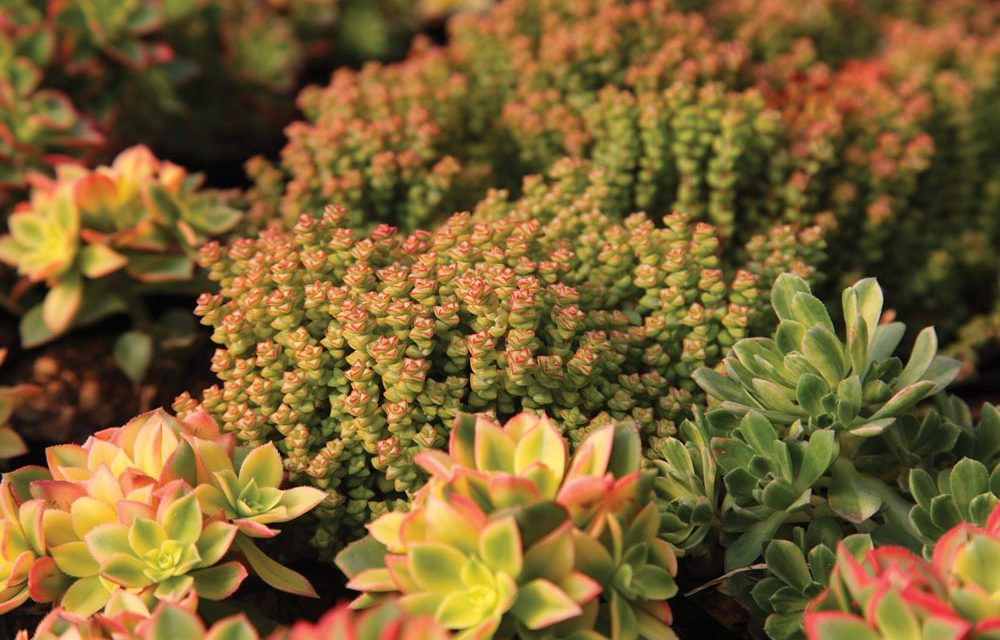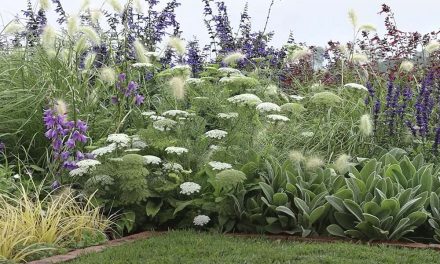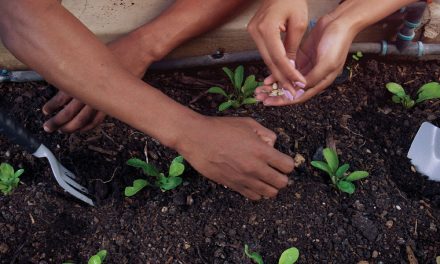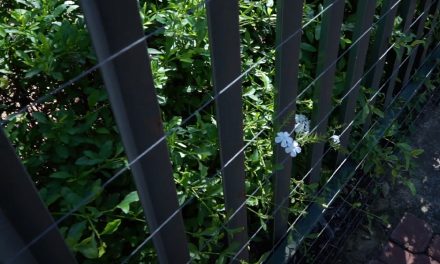Nothing ‘crass’ about a crassula! Or is there?
Crassulas are an incredibly large and diverse genus of succulent plants with many species, subspecies, varieties and forms hailing from across South Africa.

Although not all are worth growing, others are so interesting and pretty that it’s easy to fall into the trap of collecting as many of them as you can!
There is great scope in this wonderful genus for South African gardeners, as among the plethora of crassulas you will a plant for just about any situation. There are groundcovers that will grow and flower heartily in the poor soil around tree trunks in dry or even wet (well-drained) semi-shade, or in difficult-to-plant retaining walls. Then there are other crassulas to use as bright colour accents in gravel gardens, specimen plants to use in large containers or as tough shrubs, and even as succulent hedges in dry or windy coastal gardens. You can also use some in hanging baskets, in window boxes or as houseplants.
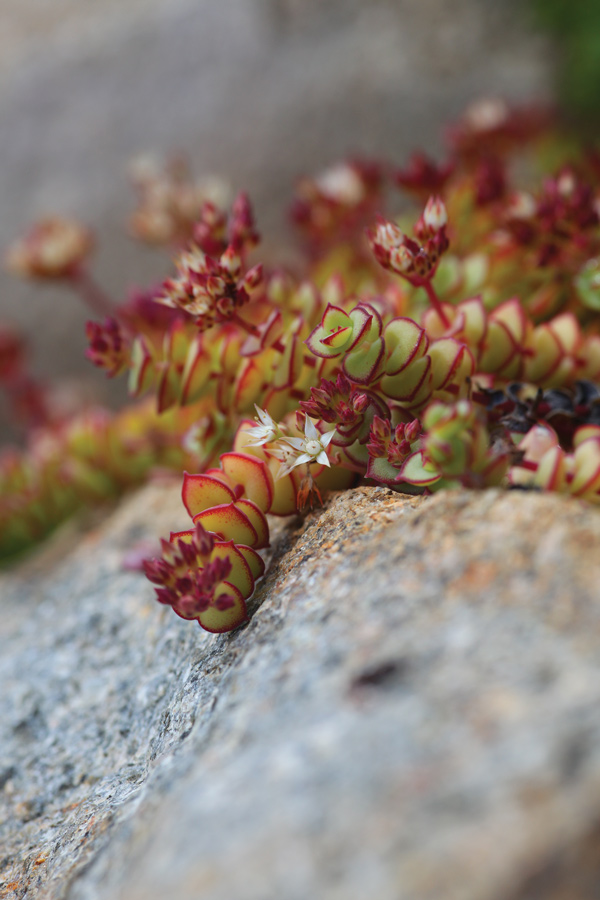
Common Species and Variations
One of the common species used for this purpose is the jade plant (Crassula ovata), which has become a very popular house and container plant across the globe. Crassula ovata is also called the money plant (not to be confused with the money tree hailing from China!), as it is traditionally given as a house-warming present in the hope that it will bring fortune and prosperity. This might be a myth, but due to its longevity and toughness it can very well outlive its owner!

Why we should plant them
The main reason why we should plant more crassulas is because of a wonderful metabolism that allows them to photosynthesise normally without losing much water through their leaves. Instead of opening the stomata on their leaves to take in carbon dioxide for photosynthesis during the day, they do it at night, therefore minimising the loss of internal moisture to evaporation. This allows them to survive and thrive in regions that experience regular droughts.
Another reason is that lots of them are gracious enough to propagate themselves vegetatively by rooting everywhere as they spread over the ground.
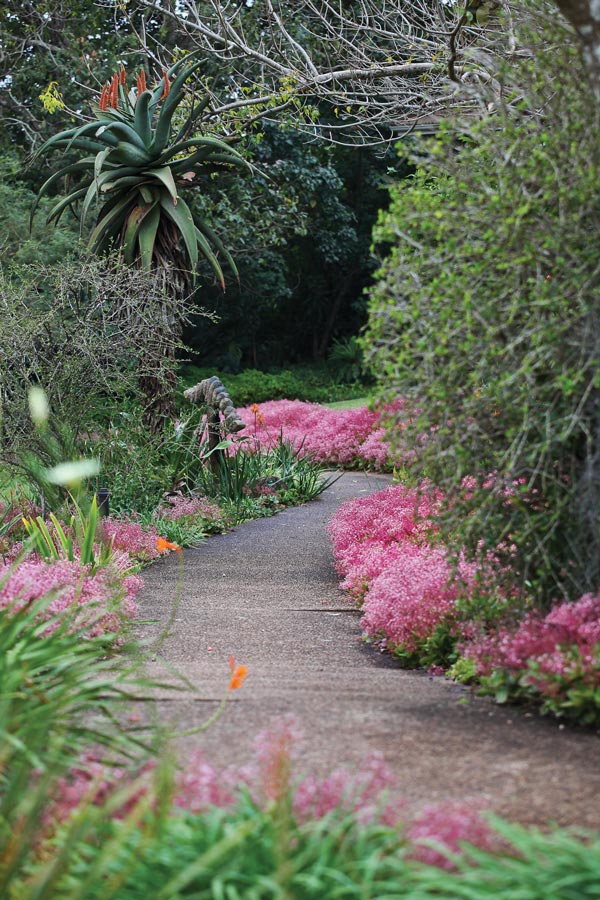
Tips for caring for the fragile-looking ones
- The general appearance of groundcovering crassulas may deteriorate a bit after a flowering spell. Don’t worry about this as they will soon recover.
- As fragile-looking crassulas tend to break up easily when handled, simply make a shallow scoop in the soil, take the whole plant in your hand, and place it onto the soil. Cover it lightly with some soil to hold it down, water lightly, and it will be A-for-away.
- Use the dainty ones like C. fragilis as fillers in mixed succulent bowls or around a large river pebble for a Zen look in a shallow bowl.
- If your C. multicavas have become too wild, simply cut them back with a hedge trimmer after flowering.

